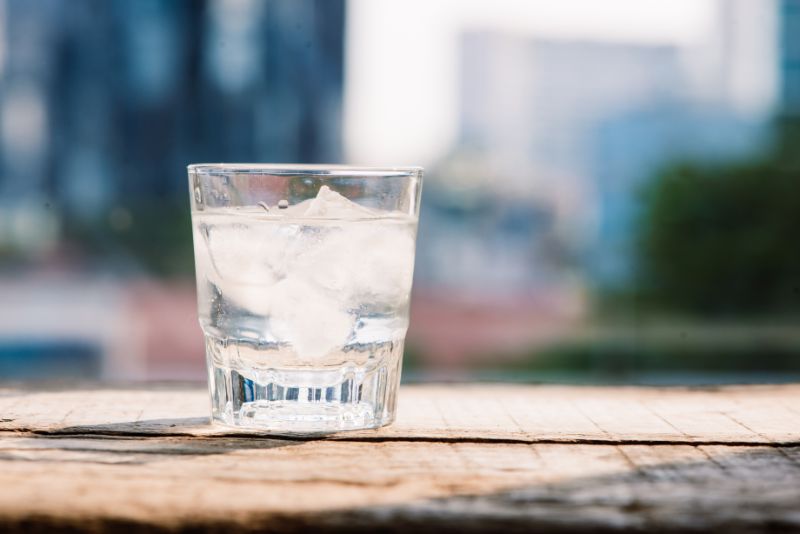What Does the Term Regenerate Mean?
Water softeners remove hard water minerals, like calcium and magnesium, from your drinking water. They do this by ion exchange, which replaces the dissolved minerals with sodium. To achieve this, your water passes through a bed of resin beads that capture the hardness-causing minerals and hold them in place.
(Looking for a “water filtration system for camping“? Contact us Today!)

After a certain amount of time, the resin beads will become saturated with these minerals and need to be cleaned or regenerated to continue functioning properly. A salt solution is used to flush out the beads and restore them with sodium ions to conduct ion exchange efficiently.
There are two types of regeneration processes: demand and time-initiated. While both can work to keep your water softener running smoothly, demand regeneration is often considered the most reliable and effective.
When your water softener is set to regenerate, it will start the process at a particular time of day, usually late at night, before you turn on any faucets or use any of the water in your home. Once the regeneration cycle is complete, it will return to normal operation and continue removing hard water minerals from your drinking water.
During the regeneration process, your water softener will use a brine solution to wash away the salt that has collected on the resin beads. This process takes about an hour and a half to complete.
The exact amount of water that will be needed during the regeneration process varies depending on the size of your water softener, how many hardness minerals are in your water, and other factors. Some water softeners will use between 35 and 70 gallons of water, while others will only require 20 to 25 gallons.
If you have a twin tank water softener, the regeneration process will be a bit different. In this case, the system will automatically switch to one of the tanks to regenerate. This can increase the life of your system while reducing salt and water usage.
Your water softener will have to recharge after a certain amount of time has passed, which can be determined by your valve or on the back of the unit. This will depend on your water hardness and how much you or your family uses the softener.
Most water softeners will regenerate every few weeks, although it may be longer or shorter than this depending on your water hardness and household water usage. Some systems also have a feature that lets you set a schedule for how often they should regenerate, called Demand Regeneration.
This feature is very useful if you have a lot of guests staying with you who may be using more water than usual. This will help your softener regenerate more quickly and effectively, saving you money in the long run.
You can check to see if your water softener is regenerating by checking the brine level in the water softener tank. If the salt level hasn’t gone down since you last refilled it, you might have a problem called a “salt bridge.”
You can break up a salt bridge by gently poking a broom handle or similar object into the brine until it crumbles to the bottom. This will prevent it from blocking the entire tank, causing your water softener to not regenerate. If you notice this type of problem, it is a good idea to call your plumber for a service call right away.

